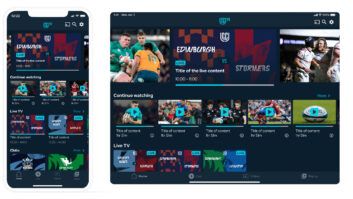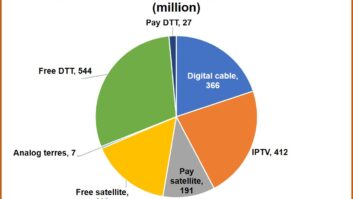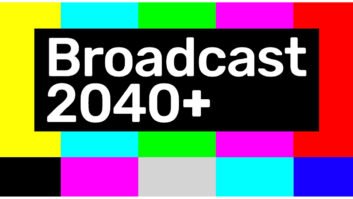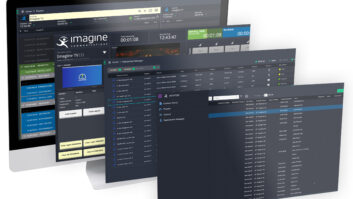Around the globe, consumers are increasingly turning to connected TVs (CTVs) for their entertainment, for everything from TV shows, movies, gaming, and music, right through to user-generated content (UGC).
These different forms of entertainment have become deeply interwoven, particularly for younger generations. One of the drivers behind the growth of CTVs is that they allow consumers to engage with all these modes of entertainment, in one place, on the living room TV screen. CTV penetration reached new heights this year with 88% of American households having at least one internet CTV device, and 66% of UK households now watching content with a CTV. Unsurprisingly, the competition between operating systems running CTV devices and smart TVs is fierce. Powerhouses Samsung Tizen, Android TV, Roku OS, webOS, Fire TV and SmartCast all have their hats in the ring, with Samsung Tizen being the smart TV OS market leader.
The leaderboard is on the move though with Android TV reportedly having grown at a faster rate than its rivals during 2022, thereby narrowing the gap between the two. In early 2023, Google announced that Android TV OS is being used by 150 million monthly active devices (powering both Android TV and Google TV). This is an increase of about 40 million in 12 months, equivalent to 35% year-on-year growth. What is it about Android TV that differentiates it from the competition to account for this meteoric rise? And can its winning formula enable operators and content providers to achieve more, with less investment?
The Rise of Android TV
Google launched Android TV in 2014, as part of its expansion of the Android platform to the big screen, and since then, it has steadily risen up to become a leading smart TV and CTV device operating system. Although initially, the platform was only available on the ASUS Nexus Player device, it wasn’t long before it was adopted by a whole host of smart TV OEMs. It can now be found on a range of TVs, including Sony, Panasonic, Hisense, TCL and Xiaomi. It’s also used across a range of streaming devices such as the Google Chromecast with Google TV, NVIDIA Shield TV and Xiaomi Mi TV Stick, as well as set-top boxes.
Android TV devices span a wide range of price points, from budget-friendly streaming sticks to high-end smart TVs. This makes Android TV accessible for a diverse range of consumers with varying budgets and preferences. Its global reach is also a key growth driver. With a presence in multiple countries and regions, it appeals to a broad and diverse audience, ensuring its widespread adoption and use.
Reaching Pay-TV Operators
One clever strategy that has really paved the way for Android TV’s success, is the Android TV Operator Tier. The programme enables pay-TV operators to deliver a quality, customised and branded viewing experience to viewers, without the same level of costs that would be associated with a full bespoke development. It gives TV operators a way of adapting their offer to meet the needs of viewers today, by offering access to OTT services, third party content, all alongside their standard broadcast offering. The ability to customise the UX is a key aspect of Android TV’s appeal because it allows operators to differentiate their service, while still offering a quality viewing experience with advanced features such as voice control and access to Google Assistant.
Another reason for Android TV’s impressive growth is the way the platform seamlessly integrates with Google’s suite of services. Users have access to a vast library of apps and games through Google Play Store, transforming the TV into a versatile entertainment platform catering to diverse tastes. Android TV’s compatibility with other smart devices is another critical factor contributing to its growth. As the Internet of Things (IoT) ecosystem expands, Android TV can serve as a central hub for controlling various smart home devices, enhancing its appeal in an increasingly interconnected world.
Accomplish more with less
It looks like Android TV is set to continue its upward trajectory. With its reach, accessibility, quality UX, voice assistant, advanced features, and association with the Google ecosystem, it’s easy to see why Android TV is hugely popular with consumers, OEMs and operators alike. For the latter, the Android TV operator tier is also a decisive factor, because it enables configuration and customisation so that a branded service can be delivered to users.
With the right input and support, it’s possible to reduce the time and costs associated with development and testing, while still retaining the ability for customisation. By getting this balance right, operators can launch a branded, high-quality service on a set top box, without the costs that would typically be associated with developing a bespoke service from scratch. In short, it would seem that TV operators do get more bang for their buck with Android TV.







